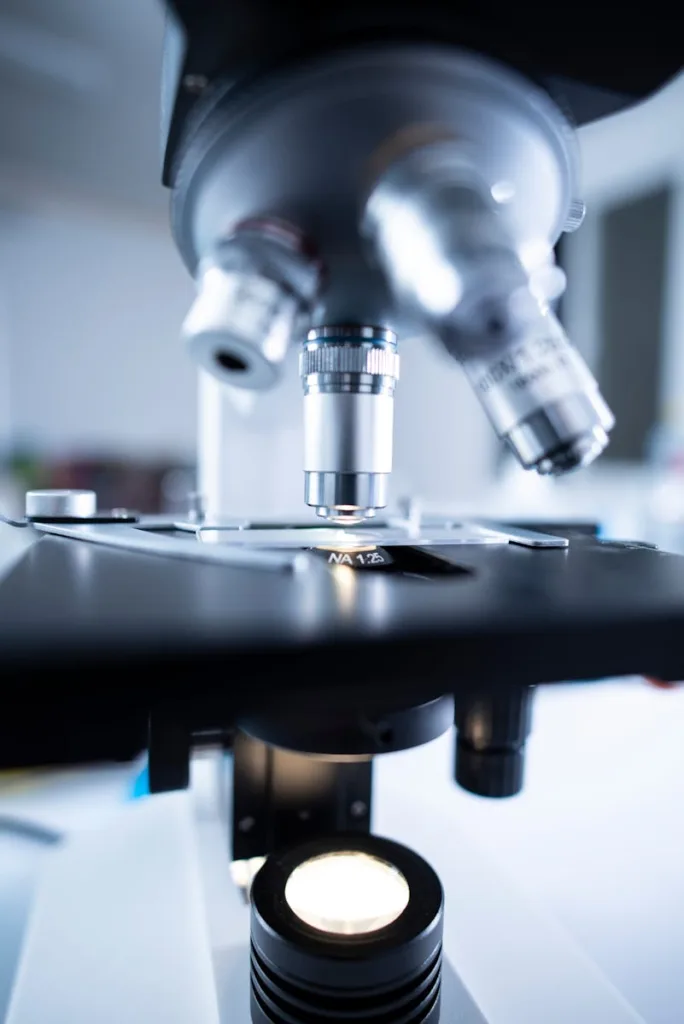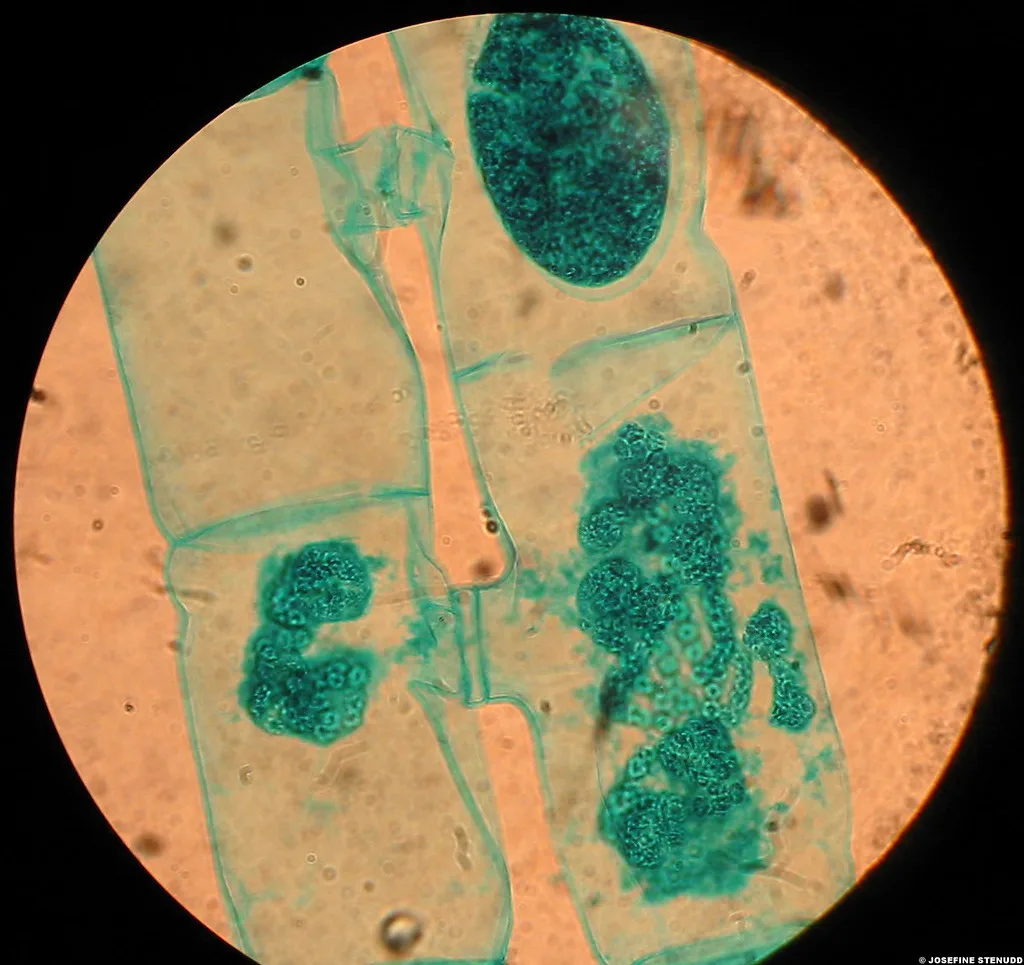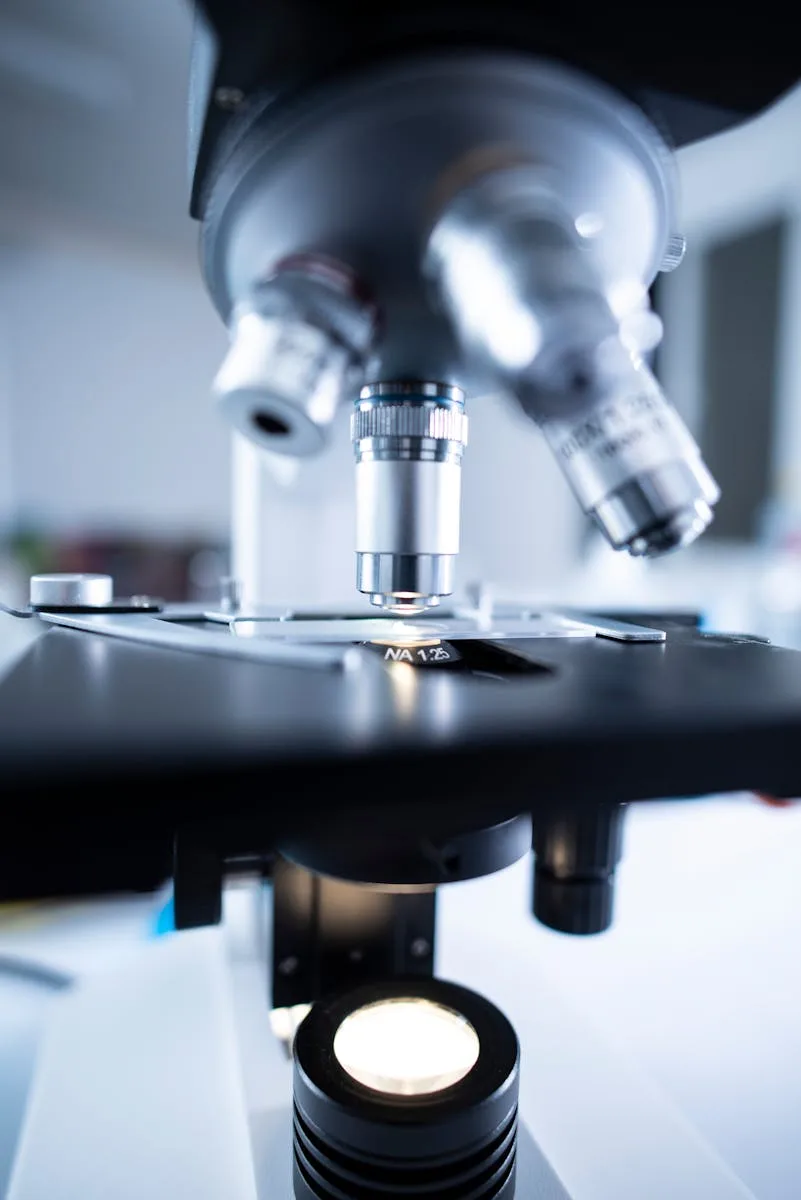Two lifeforms combine to form one organism for the first time in a billion years.
organism
There have only been two instances of the process, known as primary endosymbiosis, in Earth’s history. The first instance produced mitochondria, which is the building block of all complex life as we know it today. The appearance of plants occurred at the second occurrence.
A global group of researchers has now documented the evolutionary process between a bacterium and a kind of algae that is frequently found in the ocean.
Tyler Coale, a postdoctoral researcher at the University of California, Santa Cruz, conducted the research on one of two recent studies that discovered the phenomena. “We think it gave rise to all complex life,” Coale said.

That moment gave rise to everything more complex than a bacterial cell. About a billion years ago, it happened once more with the chloroplast, which is how plants came to be.
In order to give the bacterium the ability to accomplish tasks that it was previously unable to, such as “fixing” nitrogen from the air, the algae engulfs the bacterium and provides it with nutrients, energy, and protection.
The bacteria is subsequently incorporated by the algae into an internal organ known as an organelle, which is essential to the host’s survival.
The discovery, according to the US and Japanese researchers who made it, might drastically alter agriculture while also providing fresh perspectives on the evolutionary process.
“This system offers a fresh viewpoint on nitrogen fixation and may offer insights into the engineering of such an organelle into crop plants,” Dr. Coale stated.
The research findings were published in the scientific journals Cell and Science.
MIT, the University of Rhode Island, UC Santa Cruz, the Lawrence Berkeley National Laboratory, Institut de Ciències del Mar in Barcelona, National Taiwan Ocean University, Kochi University in Japan, and the University of California, San Francisco were among the scientists who contributed. to this study.
The Independent is the most libertarian news outlet in the world, offering worldwide news, analysis, and commentary to those who value their independence. We now have a sizable, international readership of independent-minded people who respect our dependable opinion and dedication to constructive change. Bringing about change has always been a key component of our mission, and that is true now.

two
You may also like : The science of fear: What happens in your brain when you experience fear? 2024
organism organism organism organism organism
Two lifeforms merge into one organism for first time in a billion years (msn.com)
From land to sea, mountains to valleys, and lush forests, to dry hinterlands, some countries have benefited too much from nature’s bias; but who cares right? As long as one can visit them and have a great time, it’s fine. From New Zealand to Norway, here are the countries with the best natural attractions to check out next.
From land to sea, mountains to valleys, and lush forests, to dry hinterlands, some countries have benefited too much from nature’s bias; but who cares right? As long as one can visit them and have a great time, it’s fine. From New Zealand to Norway, here are the countries with the best natural attractions to check out next.
From land to sea, mountains to valleys, and lush forests, to dry hinterlands, some countries have benefited too much from nature’s bias; but who cares right? As long as one can visit them and have a great time, it’s fine. From New Zealand to Norway, here are the countries with the best natural attractions to check out next.
From land to sea, mountains to valleys, and lush forests, to dry hinterlands, some countries have benefited too much from nature’s bias; but who cares right? As long as one can visit them and have a great time, it’s fine. From New Zealand to Norway, here are the countries with the best natural attractions to check out next.

